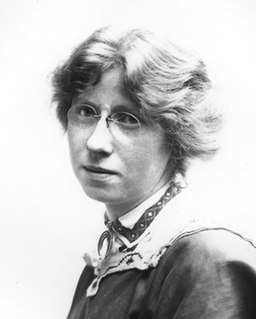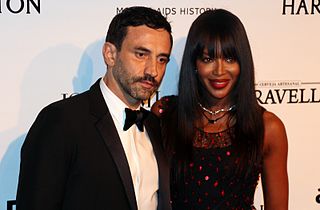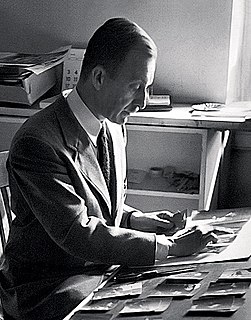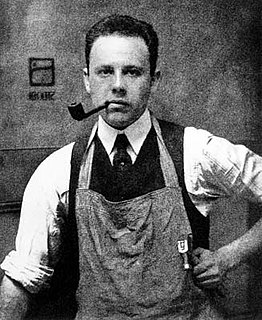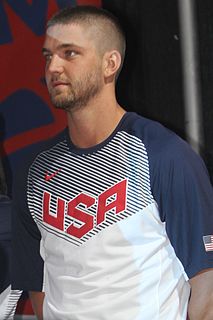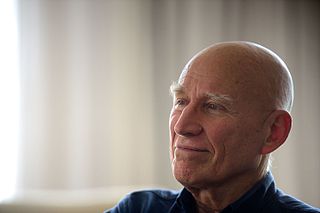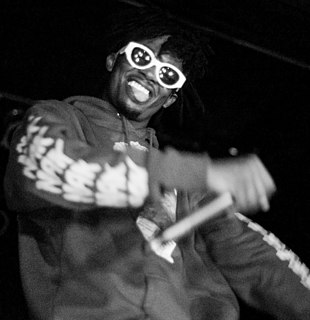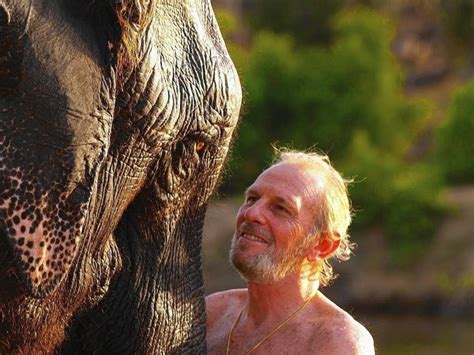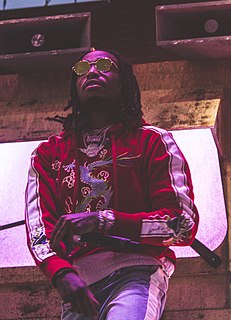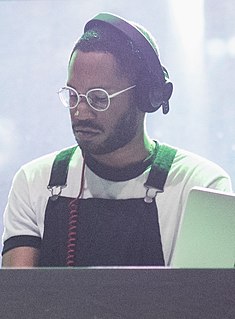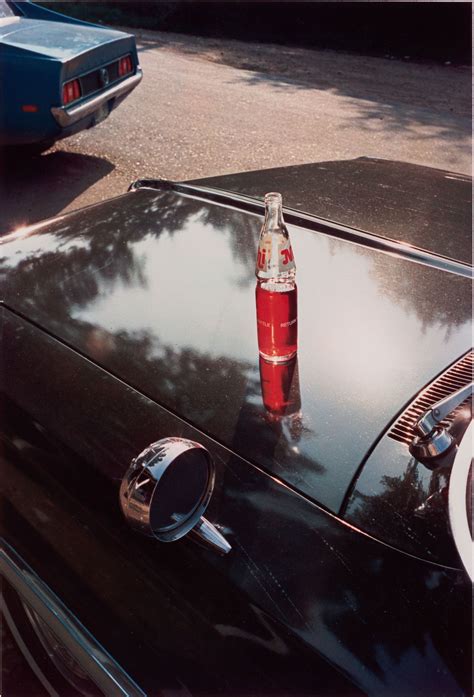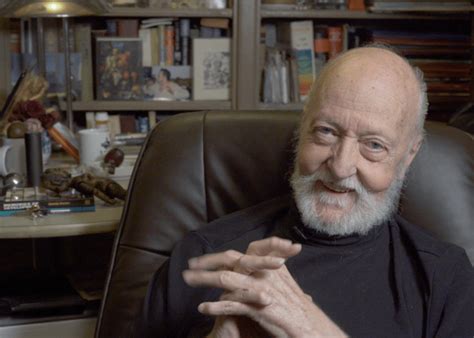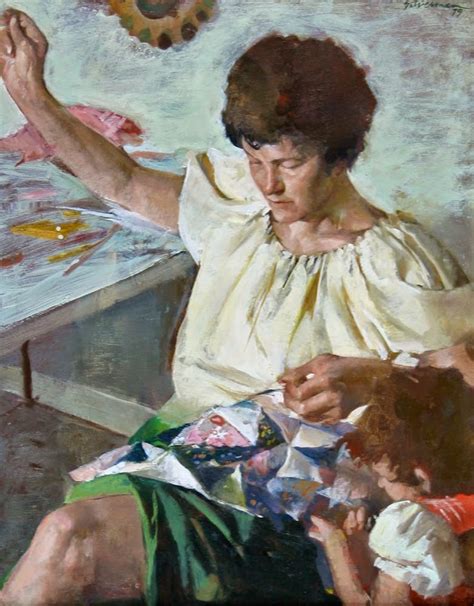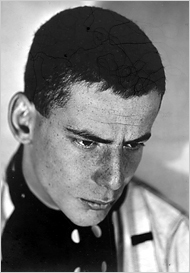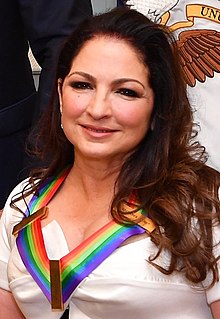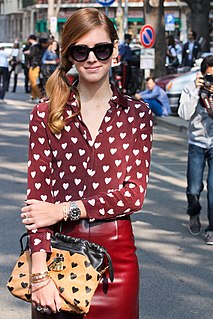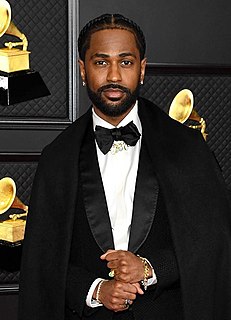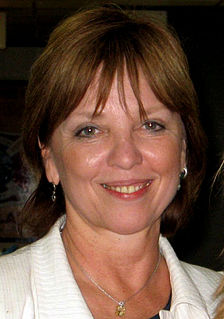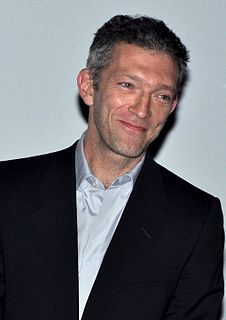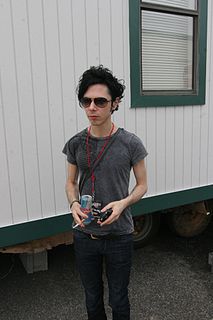Top 35 Cartier Quotes & Sayings
Explore popular Cartier quotes.
Last updated on November 26, 2024.
If you buy a Cartier ring you want people to know it is a Cartier ring or a diamond, or a piece of art that's giving an emotion - then people read it and say, "wow that's really amazing". With prêt-à-porter you see people in the street, in a club, in a restaurant or whatever, and you think, "Oh my god, he's wearing my trousers!" In a way it's more open - people can put together the way they want - mixed with other designers.
The personality and style of a photographer usually limits the type of subject with which he deals best. For example Cartier-Bresson is very interested in people and in travel; these things plus his precise feeling for geometrical relationships determine the type of pictures he takes best. What is of value is that a particular photographer sees the subject differently. A good picture must be a completely individual expression which intrigues the viewer and forces him to think.
Cartier-Bresson has said that photography seizes a 'decisive moment', that's true except that it shouldn't be taken too narrowly...does my picture of a cobweb in the rain represent a decisive moment? The exposure time was probably three or four minutes. That's a pretty long moment. I would say the decisive moment in that case was the moment in which I saw this thing and decided I wanted to photograph it.
It is a great honor for me to be compared to Henri Cartier-BressonBut I believe there is a very big difference in the way we put ourselves inside the stories we photograph. He always strove for the decisive moment as being the most important. I always work for a group of pictures, to tell a story. If you ask which picture in a story I like most, it is impossible for me to tell you this. I don't work for an individual picture. If I must select one individual picture for a client, it is very difficult for me.
Some of the people who are now manipulating photos, such as Andreas Gursky, make the argument - rightly - that the 'straight' photographs of the 1940s and 50s were no such thing. Ansell Adams would slap a red filter on his lens, then spend three days burning and dodging in the dark room, making his prints. That's a manipulation. Even the photographs of Henri Cartier-Bresson, with all due respect to him, are notoriously burned and dodged.
While photography to Cartier-Bresson is constantly an intuitive process, it is never purely instinctive. It is founded on continuous intellection, on ceaseless consideration during all moments previous to, or preparatory for, the pressing. It does not only operate in the blinding flash of a moment seized; it works all the time. The snatched picture merely cuts across the vein of observable incident or accident which is always beating, whether or not the fingers actually press.
When I was just starting out, I met Cartier-Bresson. He wasn't young in age but, in his mind, he was the youngest person I'd ever met. He told me it was necessary to trust my instincts, be inside my work, and set aside my ego. In the end, my photography turned out very different to his, but I believe we were coming from the same place.
Let's assume that all the cassettes of monochrome film Cartier-Bresson ever exposed had somehow been surreptitiously loaded with colour film. I'd venture to say that about two thirds of his pictures would be ruined and the remainder unaffected, neither spoiled nor improved. And perhaps one in a thousand enhanced.
The decisive moment, the popular Henri Cartier-Bresson approach to photography in which a scene is stopped and depicted at a certain point of high visual drama, is now possible to achieve at any time. One's photographs, years later, may be retroactively rephotographed by repositioning the photographer or the subject of the photograph, or by adding elements that were never there before but now are made to exist concurrently in a newly elastic sense of space and time.
All brands, whether high-ticket luxury ones such as Cartier or Rolls-Royce or 'masstige' ones with luxe-y overtones but altogether more affordable, all want to grow. Even brands that may have started in a modestly niche design and lifestyle fashion can find themselves under pressure to go global or to sell out at the top.
